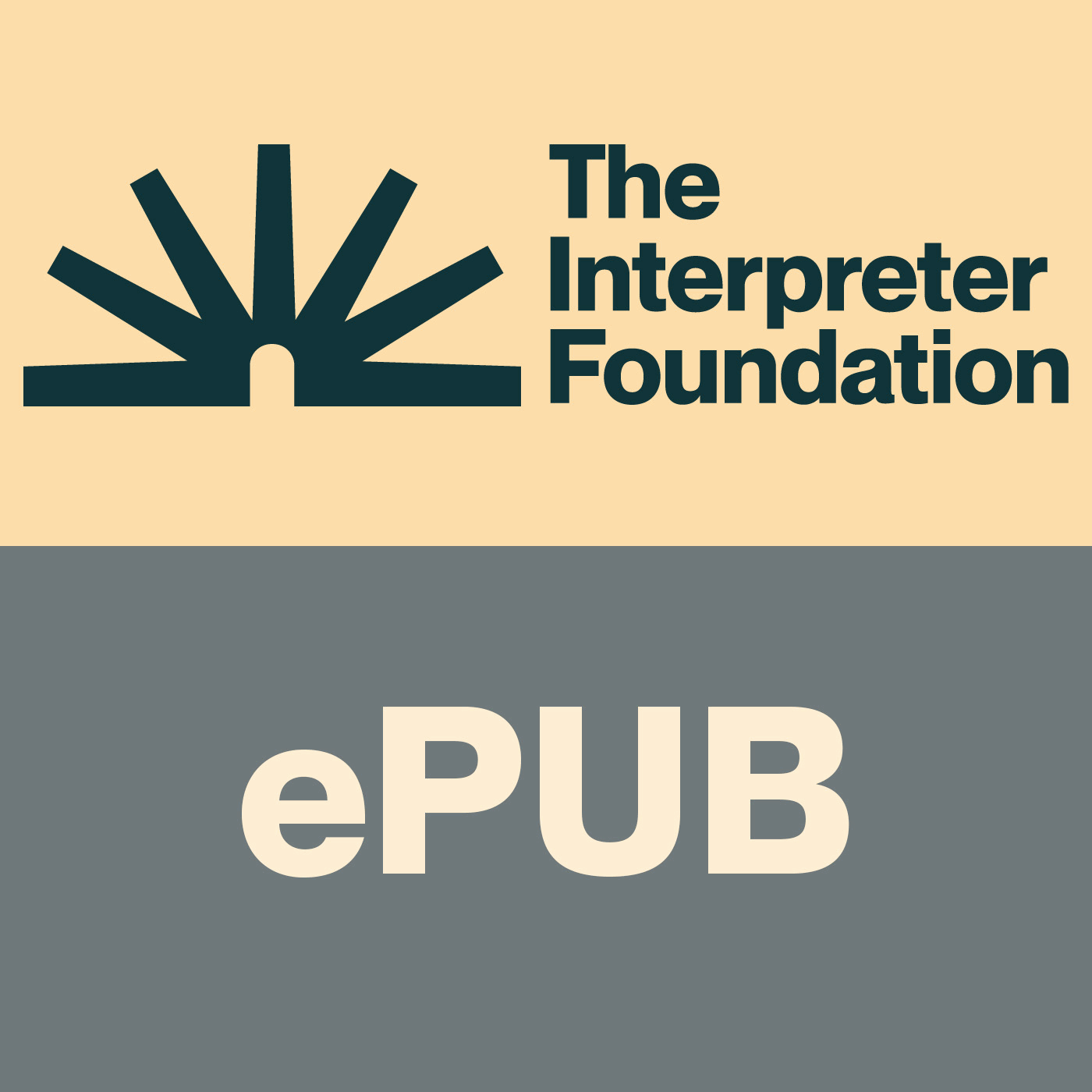“That They May Know That They Are Not Cast Off Forever”: Jewish Lectionary Elements in the Book of Mormon
Update: 2024-08-23
Description
Abstract: It is not uncommon for Jews who join The Church of Jesus Christ of Latter-day Saints to notice connections between certain events in the Book of Mormon and modern Jewish practices associated with the feasts of Passover, Weeks, Tabernacles, and Rosh Hashanah. Aware that traditional Christianity holds not only that Jews were ousted from God’s covenant but that Jewish traditions in support of that covenant are spiritually worthless, these Jews find great comfort in these connections as well as in Book of Mormon statements that affirm their continued inclusion in that covenant. But aren’t there also connections to the modern Jewish lectionary—the order in which Jews today read and explain their scriptures as part of their worship services? And don’t these connections similarly affirm Jewish efforts to uphold that covenant? This article explores these possibilities, first by describing three of the most basic principles behind that lectionary and second by showing how Book of Mormon prophets, Jacob in particular, adhere to these principles in their presentation of passages from the Hebrew Scriptures. In this way, this article shows how the Book of Mormon strengthens its already strong refutation of Christian supersessionism and encourages its readers to value Jews as Jews and to cease all anti-Semitic activities and attitudes.
For many Latter-day Saint Jews, several events in the Book of Mormon resonate remarkably well with current Jewish practices. Gale Boyd, for instance, a Jewish woman who joined the Church as a teenager and has studied the “connection between Judaism and [Page 244]Mormonism” for decades,1 sees a striking similarity between the way Alma counsels his sons (Alma 36–42) and the way adult Jews are encouraged to teach children during Passover. As she writes, the modern Seder text “describes four kinds of children: the wise child, the wicked child, the innocent child, and the child unable to inquire” and “instructs the leader on how to inform and encourage [these different children] to feel the meaning of the Passover.” According to Boyd, “Alma’s counsel to his sons parallels the structure presented in the Passover ritual.”2
Marlena Tanya Muchnick, another Latter-day Saint with a similar Jewish background, even suggests that Alma’s counseling sessions may have actually occurred during a Passover service.3 After all, not only does Alma tailor the tellings of his own miraculous deliverance from the “everlasting chains of death” (Alma 36:18 ) to the unique situation of each of his sons, but he begins the first session much like a Seder leader, by admonishing Helaman to “do as I have done, in remembering the captivity of our fathers; for they were in bondage, and none could deliver them except it was the God of Abraham, and the God of Isaac, and the God of Jacob” (Alma 36:2).
However, these perceived linkages to modern Jewish practices are not limited to Passover. They include connections to other festivals as well. Jason Olson, for instance, author of The Burning Book: a Jewish-Mormon Memoir,4 sees “pretty clear imagery with King Benjamin that [the Nephites] are practicing some form of Sukkot or the Feast of Tabernacles.”<a id="footnote5anc" href="#footnote5sym" title="5. Rebecca Devonas,
For many Latter-day Saint Jews, several events in the Book of Mormon resonate remarkably well with current Jewish practices. Gale Boyd, for instance, a Jewish woman who joined the Church as a teenager and has studied the “connection between Judaism and [Page 244]Mormonism” for decades,1 sees a striking similarity between the way Alma counsels his sons (Alma 36–42) and the way adult Jews are encouraged to teach children during Passover. As she writes, the modern Seder text “describes four kinds of children: the wise child, the wicked child, the innocent child, and the child unable to inquire” and “instructs the leader on how to inform and encourage [these different children] to feel the meaning of the Passover.” According to Boyd, “Alma’s counsel to his sons parallels the structure presented in the Passover ritual.”2
Marlena Tanya Muchnick, another Latter-day Saint with a similar Jewish background, even suggests that Alma’s counseling sessions may have actually occurred during a Passover service.3 After all, not only does Alma tailor the tellings of his own miraculous deliverance from the “everlasting chains of death” (Alma 36:18 ) to the unique situation of each of his sons, but he begins the first session much like a Seder leader, by admonishing Helaman to “do as I have done, in remembering the captivity of our fathers; for they were in bondage, and none could deliver them except it was the God of Abraham, and the God of Isaac, and the God of Jacob” (Alma 36:2).
However, these perceived linkages to modern Jewish practices are not limited to Passover. They include connections to other festivals as well. Jason Olson, for instance, author of The Burning Book: a Jewish-Mormon Memoir,4 sees “pretty clear imagery with King Benjamin that [the Nephites] are practicing some form of Sukkot or the Feast of Tabernacles.”<a id="footnote5anc" href="#footnote5sym" title="5. Rebecca Devonas,
Comments
In Channel





